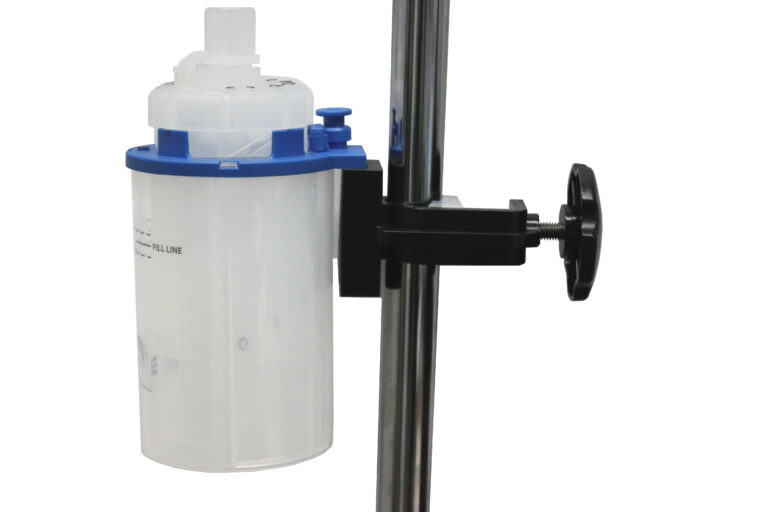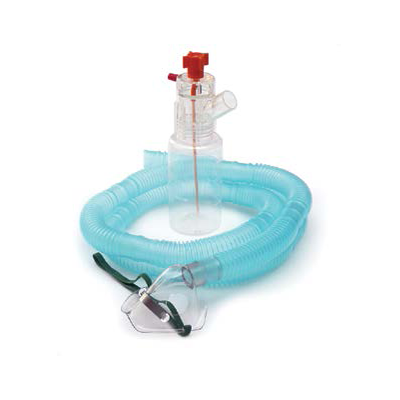In the world of respiratory therapy, effectively managing and treating conditions such as asthma, chronic obstructive pulmonary disease (COPD), and other respiratory disorders is critical. Among the various devices employed, large volume nebulizers stand out for their capability to deliver medications effectively into the lungs of patients. This in-depth exploration into the science behind large volume nebulizers will reveal why they are increasingly favored by healthcare professionals and patients alike.
What are Large Volume Nebulizers?
Large volume nebulizers are devices that convert liquid medication into a fine mist, which patients can inhale through a mask or a mouthpiece. Unlike standard nebulizers, which are generally used for single-patient treatments, large-volume nebulizers can deliver a greater quantity of aerosolized medication over a prolonged period. This feature makes them particularly useful in treating a wide range of respiratory conditions in various clinical settings.
The Technology Behind Large Volume Nebulizers
The core technology behind large volume nebulizers involves a process known as air entrainment. This system mixes air with the liquid medication, creating an aerosol—a mist of tiny particles that can be deeply inhaled into the lungs. The innovation in these devices lies in their ability to consistently produce particles of the optimal size for deep lung penetration—typically between one and five micrometers.
- Consistent Medication Delivery
One of the key advantages of large volume nebulizers is their ability to deliver medication consistently over extended periods. This consistency ensures that patients receive a steady dose of medication, which is crucial for managing acute respiratory episodes. Additionally, these nebulizers are designed to minimize medication waste, ensuring that every dose administered is as effective as possible.
- Enhanced Patient Comfort
Large volume nebulizers are designed with patient comfort in mind. The ability to use these devices with masks or mouthpieces offers flexibility for patients, particularly those who may find it difficult to use handheld inhalers due to severe respiratory distress or other health issues. Furthermore, the continuous flow of medication helps maintain an open airway, significantly reducing the breathing effort required from patients during treatment.
- Clinical Applications of Large Volume Nebulizers
In clinical settings, large volume nebulizers are invaluable for their versatility and efficacy. They are commonly used in emergency departments, intensive care units, and during hospital stays for patients who require continuous nebulization. These devices are particularly effective in treating acute asthma attacks, where rapid and continuous medication delivery can be life-saving.
- Use in COPD Management
For patients with COPD, maintaining clear airways is crucial. Large volume nebulizers facilitate this by delivering bronchodilators and steroids, which help reduce inflammation and prevent airway constriction. The prolonged delivery capability of these nebulizers makes them suitable for severe COPD patients who require extensive respiratory support.
Benefits in Pediatric Care
Children suffering from acute respiratory conditions also benefit significantly from the use of large volume nebulizers. The non-invasive nature of the treatment and the ability to sleep or rest during medication delivery makes it less stressful and more effective for young patients.
Choosing the Right Nebulizer
When selecting a large volume nebulizer, healthcare providers consider several factors, including the type of medication to be nebulized, the patient’s specific respiratory condition, and the desired duration of treatment. It is essential to choose a device that can efficiently handle the prescribed medication while providing the most comfort and ease of use for the patient.
Future of Large Volume Nebulizers
As technology advances, we are seeing significant improvements in the design and functionality of large volume nebulizers. Future models are expected to offer even more precise control over particle size and deeper lung delivery, enhancing the effectiveness of respiratory therapies even further. Additionally, the integration of digital technology could lead to smart nebulizers that adjust the medication dose based on real-time patient feedback, optimizing the treatment regimen.
Conclusion
Large volume nebulizers represent a critical advancement in respiratory therapy. Their ability to deliver medication effectively and comfortably makes them an essential tool in treating a variety of respiratory conditions. As technology continues to evolve, the potential for these devices to improve patient outcomes grows, making them a cornerstone of modern respiratory care. Whether in a hospital setting or at home, large volume nebulizers enhance the quality of life for patients suffering from chronic respiratory conditions, proving that the science behind these devices is as profound as it is practical.

